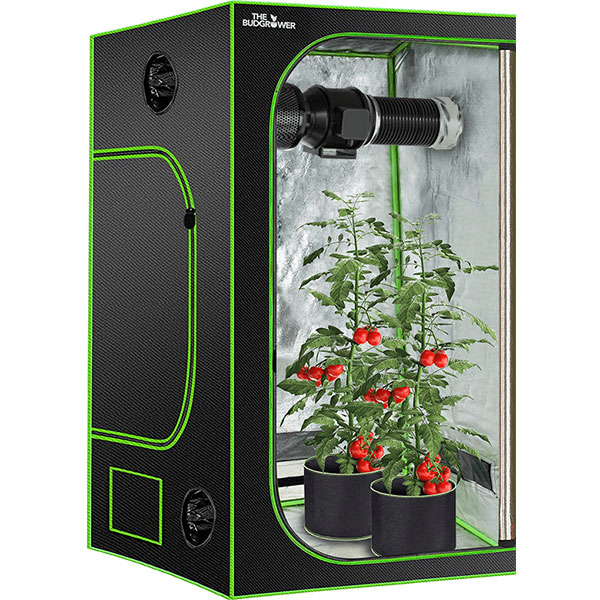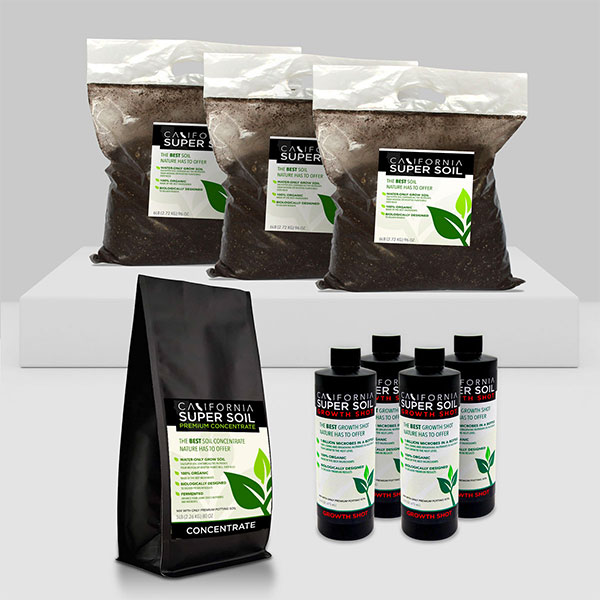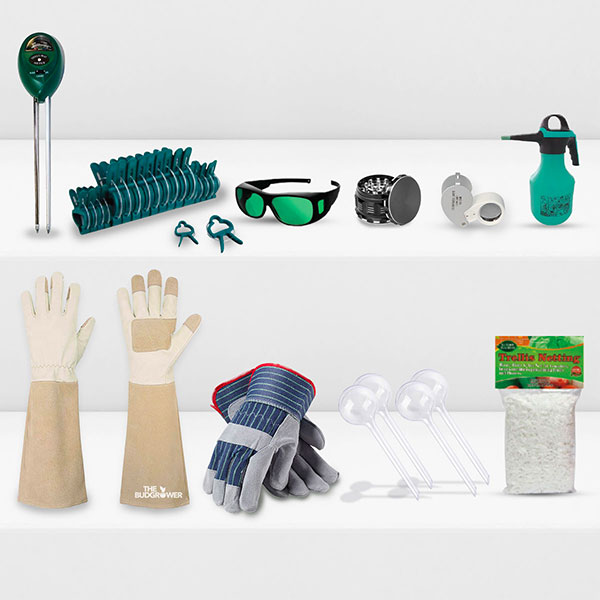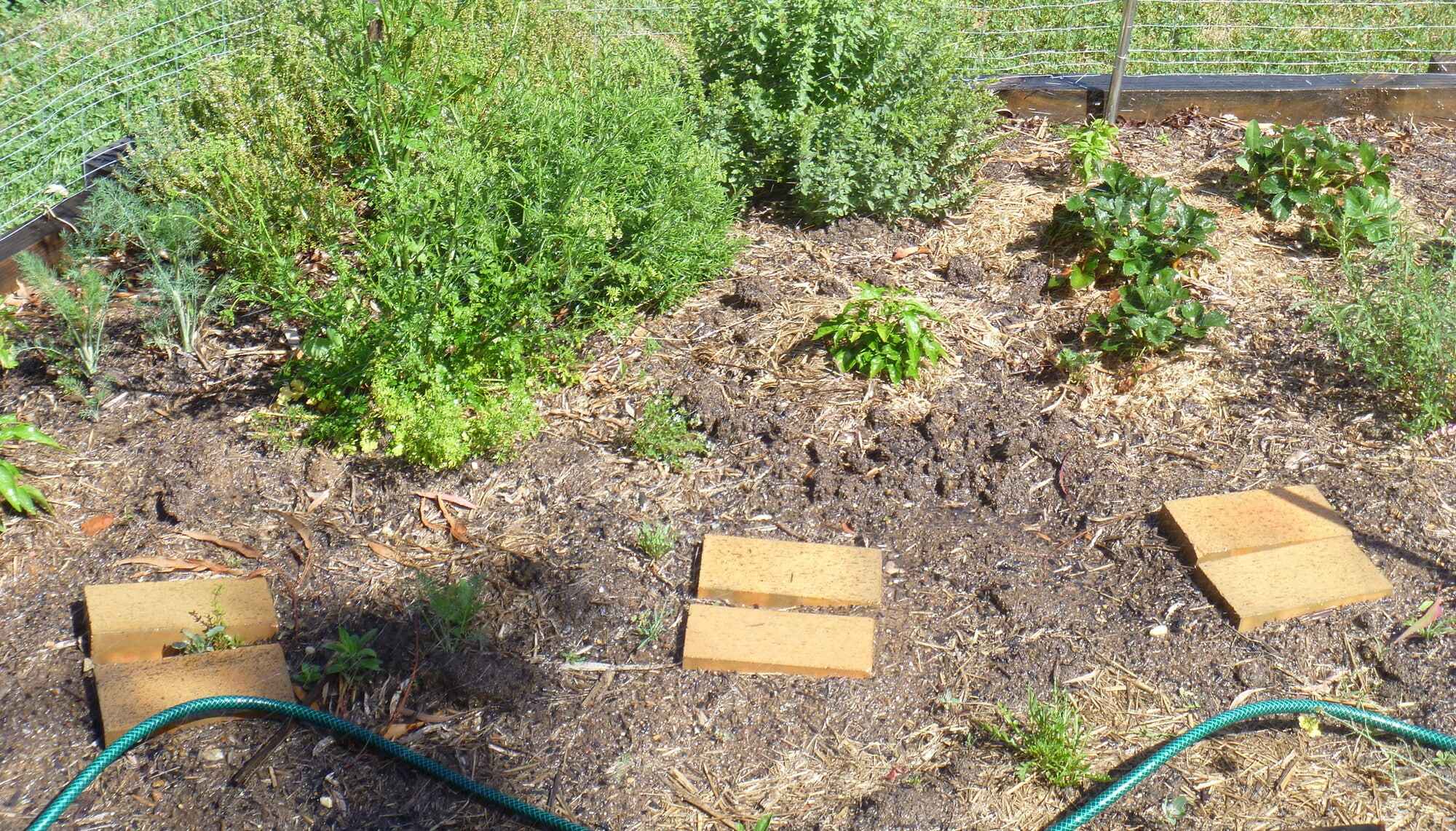The herbs placed outside can rot during the winter, but the room or home can facilitate the growth and harvesting of herbs regardless of the seasons.
You can easily produce your herbs anytime. In your house, if you place your herbs in a specific window where most of the light from the sun is reached, it can make it easy to maintain the herbs. Make sure to water the plants regularly, plant them in good soil with nutrients, and drain them well so the roots don’t sit in water for too long.
This method of growing herbs can save a lot of money. These herbs can produce and spread a good smell, filling your home with a satisfying fragrance.
You can also cut the pieces of plants and use them as a recipe to create something. In this blog, you will learn how to grow herbs indoors and gain insights before moving on to the herb choices.
What is a Herb?
Herbs are green plants with a pleasant and beautiful smell. They can be used as ingredients, such as adding taste to food or perfumes, to provide pleasant medicine to recover the body. Basil and Chivas are typical examples of herbs.
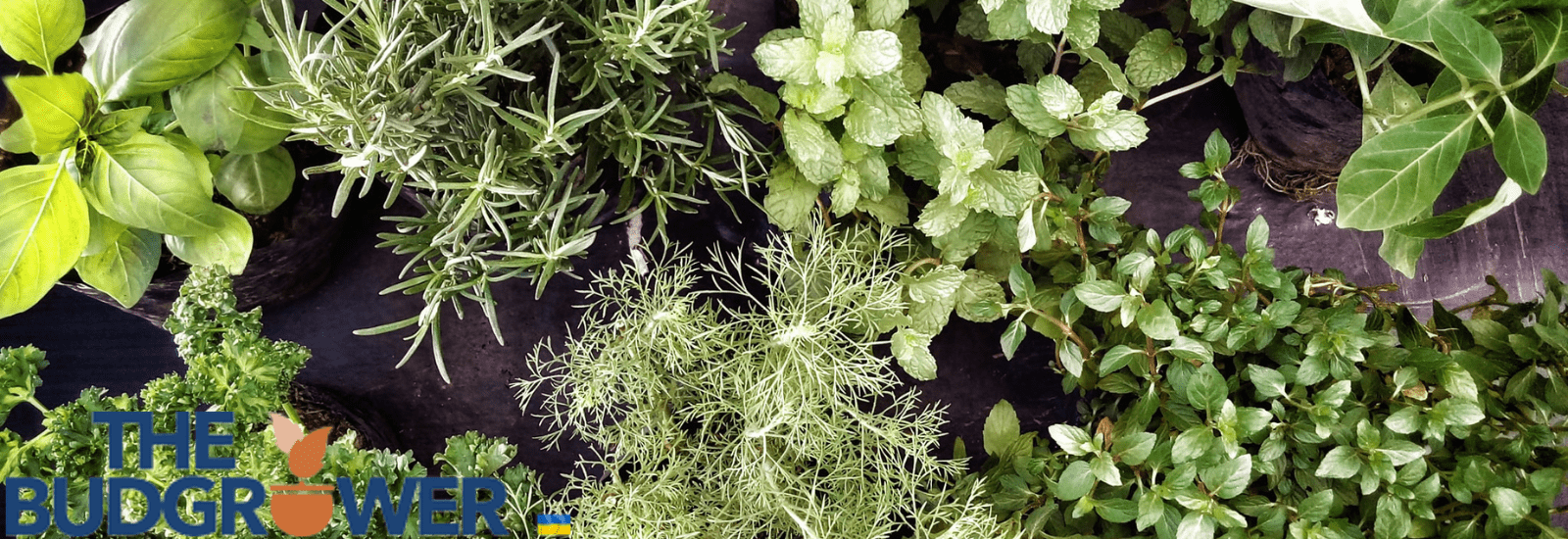 How to Grow Herbs Indoors?
How to Grow Herbs Indoors?
The steps for the herbs to grow indoors in pots are mentioned below:
1. Select the Suitable Plants
You can grow numerous herbs inside your home, especially the ones that don’t need attention. To start developing herbs, you have two options. First, you can plant seeds directly in the soil and watch them sprout into plants.
Alternatively, you can cut from an existing herb plant. A cutting is a small piece of a plant’s stem that you put in water until it roots. Using small plants from a garden store is a faster and easier way to begin your indoor garden.
2. Select a Certain Pot with Drainage Holes
There are numerous pots in the market. You can purchase and plant in a certain planting pot if this pot has holes to take out the excess water. You will place an item under the pot, such as a saucer or tray. These items are easily available and can be purchased from the garden shop.
You can select a specific size so that your plants can be placed perfectly, but remember, a plant in a smaller pot will only stay for a short time and has to be replanted quickly.
The smaller the pot, the faster it will replant. You can use the layers of pebbles to catch extra water if you use planters like mason jars. This will prevent overwatering of soil.
3. Pick the Sunny Spot
Sunlight is the primary plant-growing source. Herb plants need sunlight to flourish. You must provide sunlight to your plants for at least 6 hours daily. Place it near the brightest window to help your plants get a lot of sunlight.
Avoid placing it in the middle of your room or near a window with insufficient light for plant growth. It is best to install in winter so you won’t have to worry about rotting plants.
4. Give Sufficient Water
You might be amazed at how little water a small herb needs to stay healthy. To help your plant grow well, keep the soil consistently damp but not soaking wet. You can use a small watering can or gently pour water from the sink. If the leaves begin to rot, reduce the water you provide the plants.
5. Don’t Harvest Too Much At a Time
Use a small scissor or your hand to remove small pieces of your plants. Removing your plants regularly can help them grow new leaves or branches. Cutting more than ¼ of the plant can cause trouble and even eliminate the plants.
Best Herbs to Grow Indoors
The best indoor herbs that you can grow are mentioned below:
1. Basil
An essential herb used in cooking worldwide and often paired with tomatoes, this herb is easy to grow in your house. You can remove its leaves, put them in salad sandwiches, and add pesto sauce. Use the seeds or small herbs to grow indoors in pots, a rich natural planting soil.
This herb is interested in heat and light, so ensure it is provided light from the brightest window or a grow light. Do not place a plant in a cooling spot.
This herb doesn’t last too long, and you can use it for a few weeks until its stem becomes hard, like the wood. If you want to keep having such plants, you just need to grow them a few times a week by planting seeds.
2. Bay laurel
This herb is thick, and the level of flavor in its leaves is higher. It is a valuable ingredient for soups and stews. Take out as many leaves as is required from a big plant and dry it for storage.
When this plant is old, its flavor strengthens, meaning the oldest plant can possess the strongest flavor. The disease can be stopped when the air is circulating in this plant. Keep an eye out for stink bugs on the leaves and stems. Utilize the neem oil if you see an outbreak to help control them.
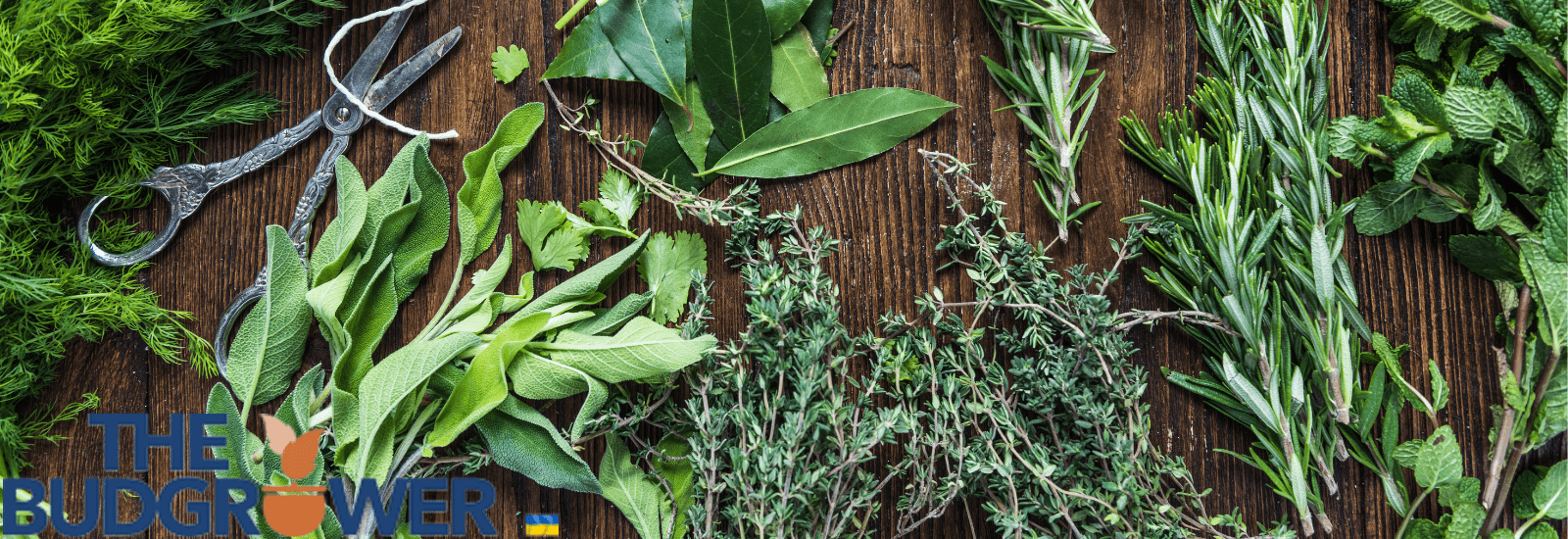 3. Chives
3. Chives
The pointed leaves of this herb, which have the flavor of onion, can help add flavor to eggs, soups, and salads, creating amazing decorations. Remove leaves by cutting them in half and trimming the entire plant to keep it neat. Ensure that 2 inches of growth are left for new leaves to grow back.
4. Mint
Numerous delicious types of mint are available. Plant a whole garden just for mint. You can select from different types of mint, like chocolate, peppermint, spearmint, orange, apple, and more.
Remove leaves and small stems to add to tea, mixed drinks, and desserts. Mint plants often thrive and have trailing, fragrant stems, making them nice indoor plants. Try your best to wet the soil and provide moderate light.
5. Thyme
Thyme is a popular worldwide plant used in cuisine. There are many types, with the most common being T. vulgaris. Thyme is rich in vitamins C and A, fiber, iron, copper, manganese, and calcium.
This herb contains strong antiseptic and antibacterial qualities. When cooking, thyme is commonly used with the lamp and goes nicely with eggs, cheese, tomatoes, and poultry.
6. Oregano
This herb is commonly used to season Italian dishes, sandwiches, and pizza. It’s a hardy plant that can grow indoors easily. In winter, ensure plenty of sunlight.
Oregano isn’t as sensitive to humidity as rosemary but can still benefit from extra moisture. One easy way to provide this is by placing this herb pot on a tray filled with moistened pebbles.
7. Parsley
This herb has two main types. The Curly type, also known as P. crispum, looks more decorative, and the flat-leaf type, also known as P. crispum neopolitanum, is helpful in cooking. The flavor of this herb is suitable for Italian dishes only.
8. Rosemary
This strong and bushy herb thrives when grown inside the room. Rosemary and Basil are the same because they don’t have issues related to growing. If you want, you can grow them together.
This herb has a strong pine flavor. You can cut it off and add it to the food. Drying rosemary is simple, so you won’t have to purchase packaged rosemary anymore.
Conclusion
Growing herbs indoors can be a rewarding experience. Some of the best herbs for growing indoors are mentioned above. These herbs are relatively easy to care for and can enhance various dishes.
Remember to provide adequate sunlight, keep the soil moist but not waterlogged, and trim them regularly to encourage healthy growth. You can enjoy fresh herbs from your indoor garden with attention and care throughout the year.

